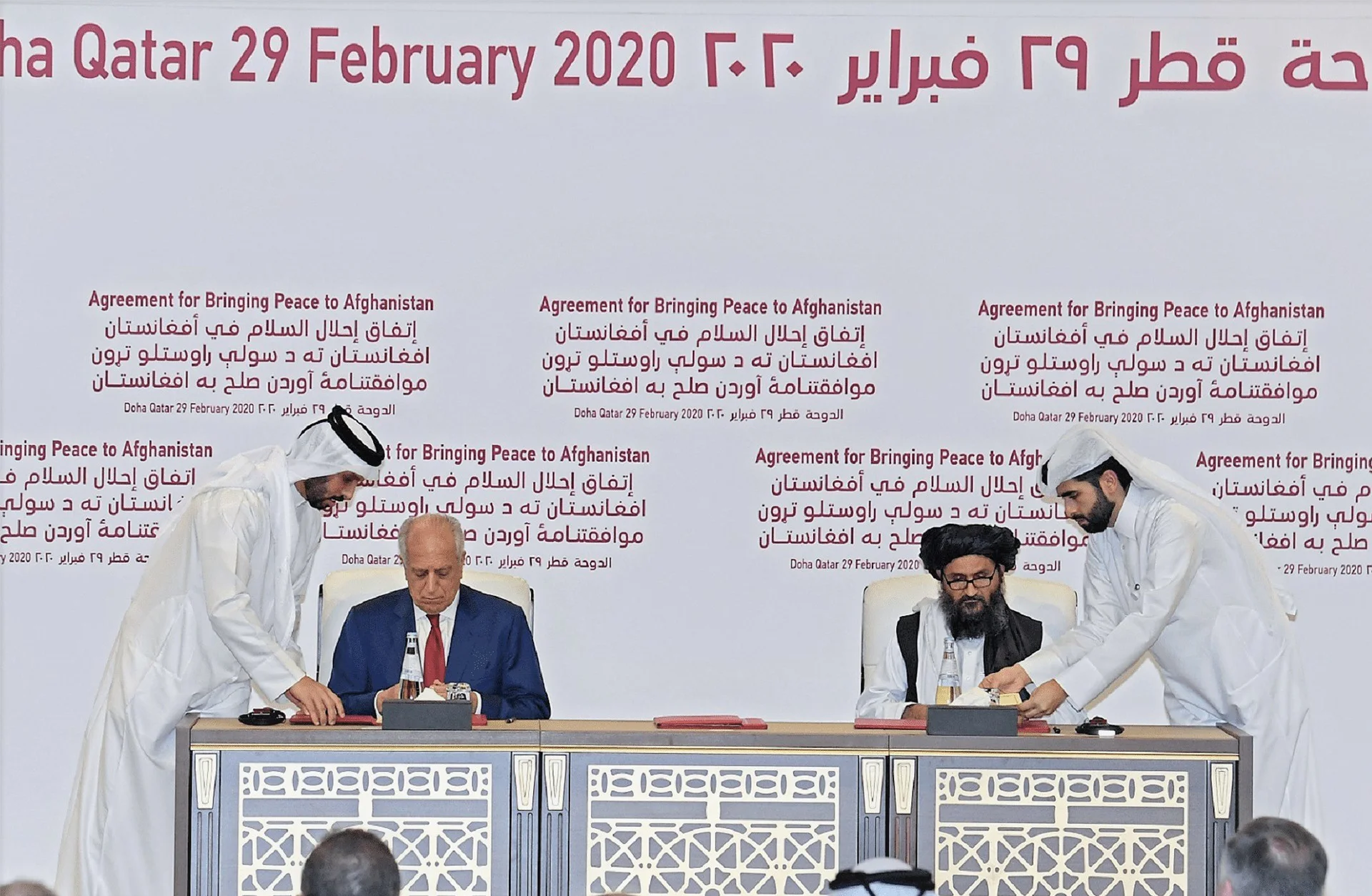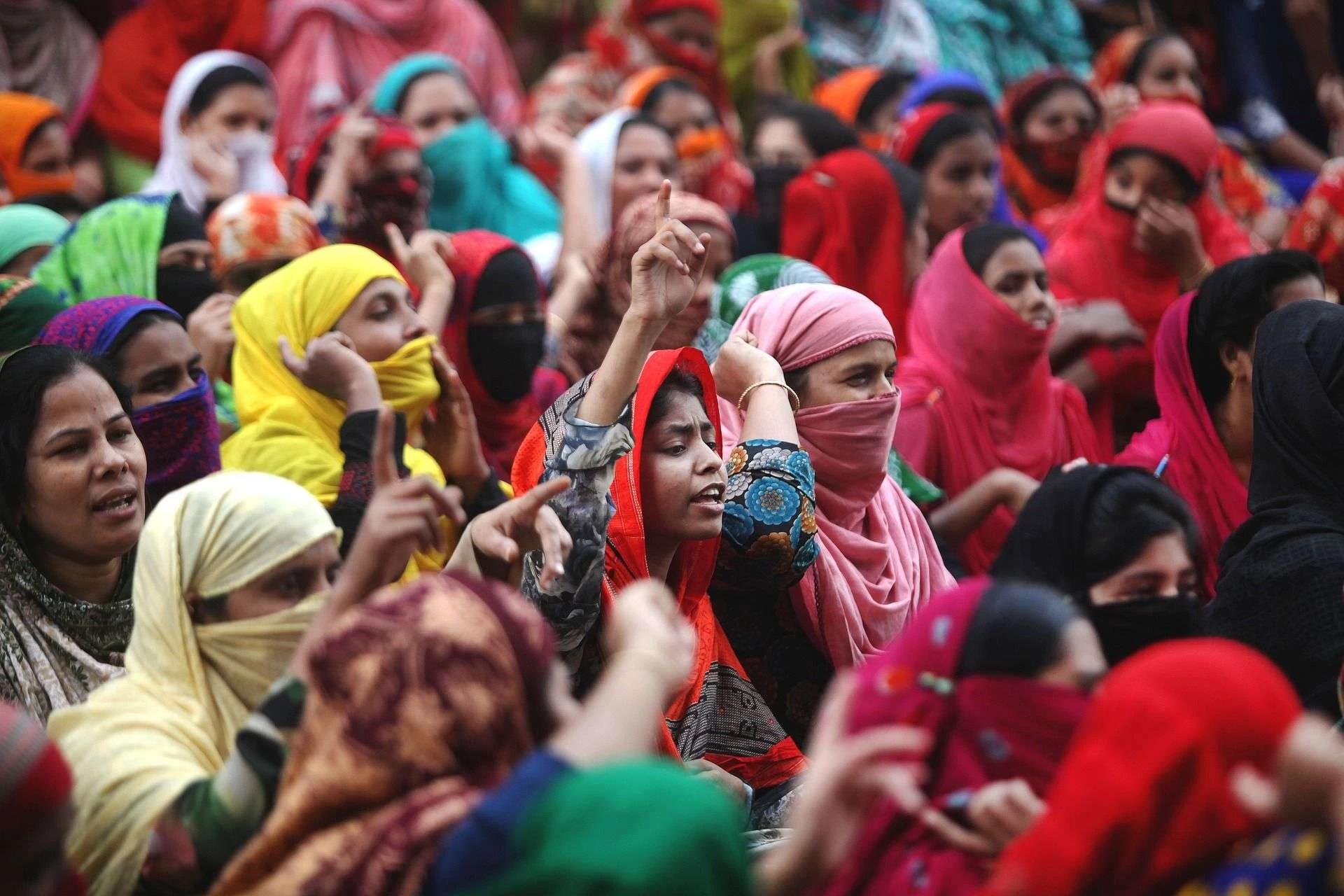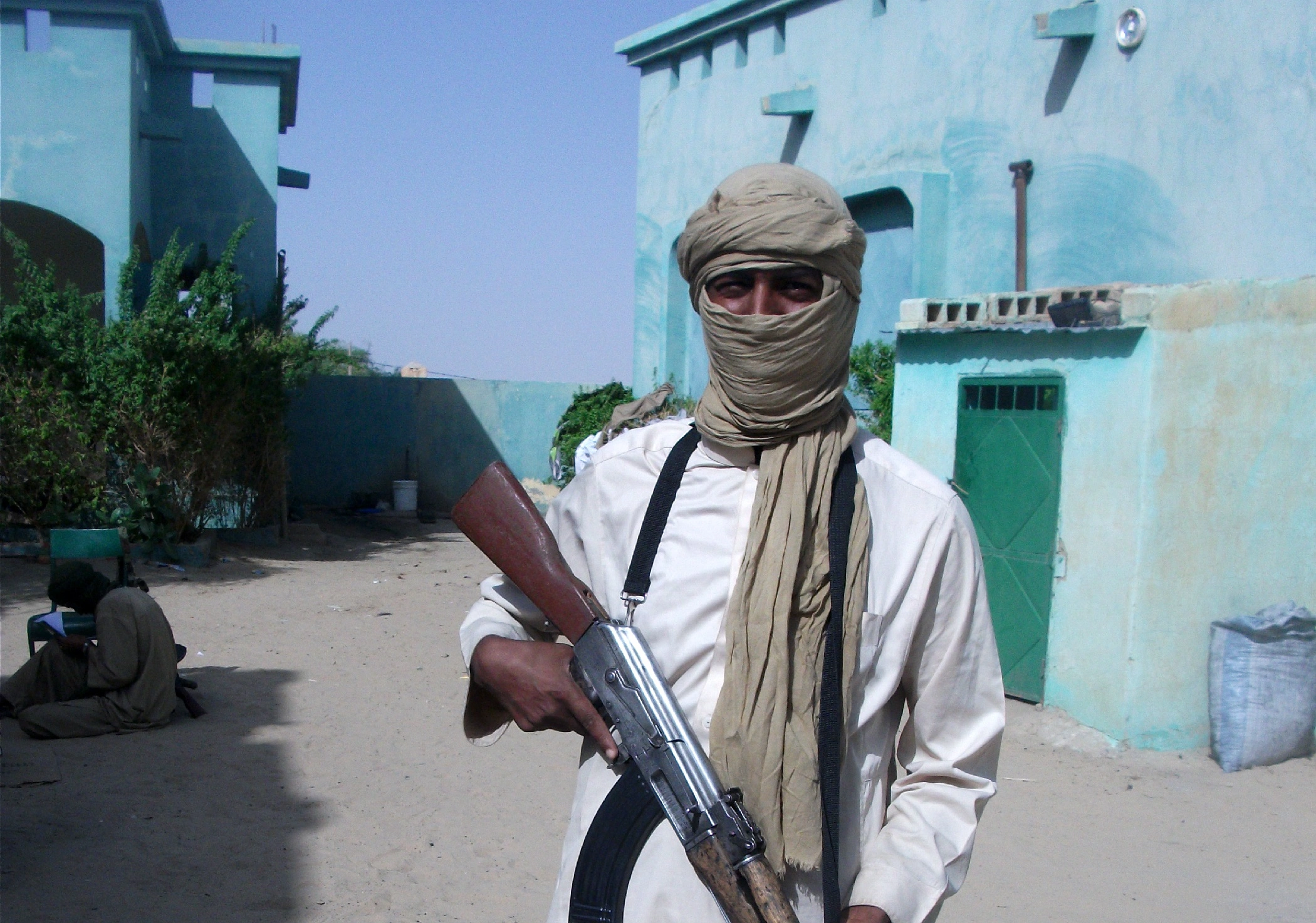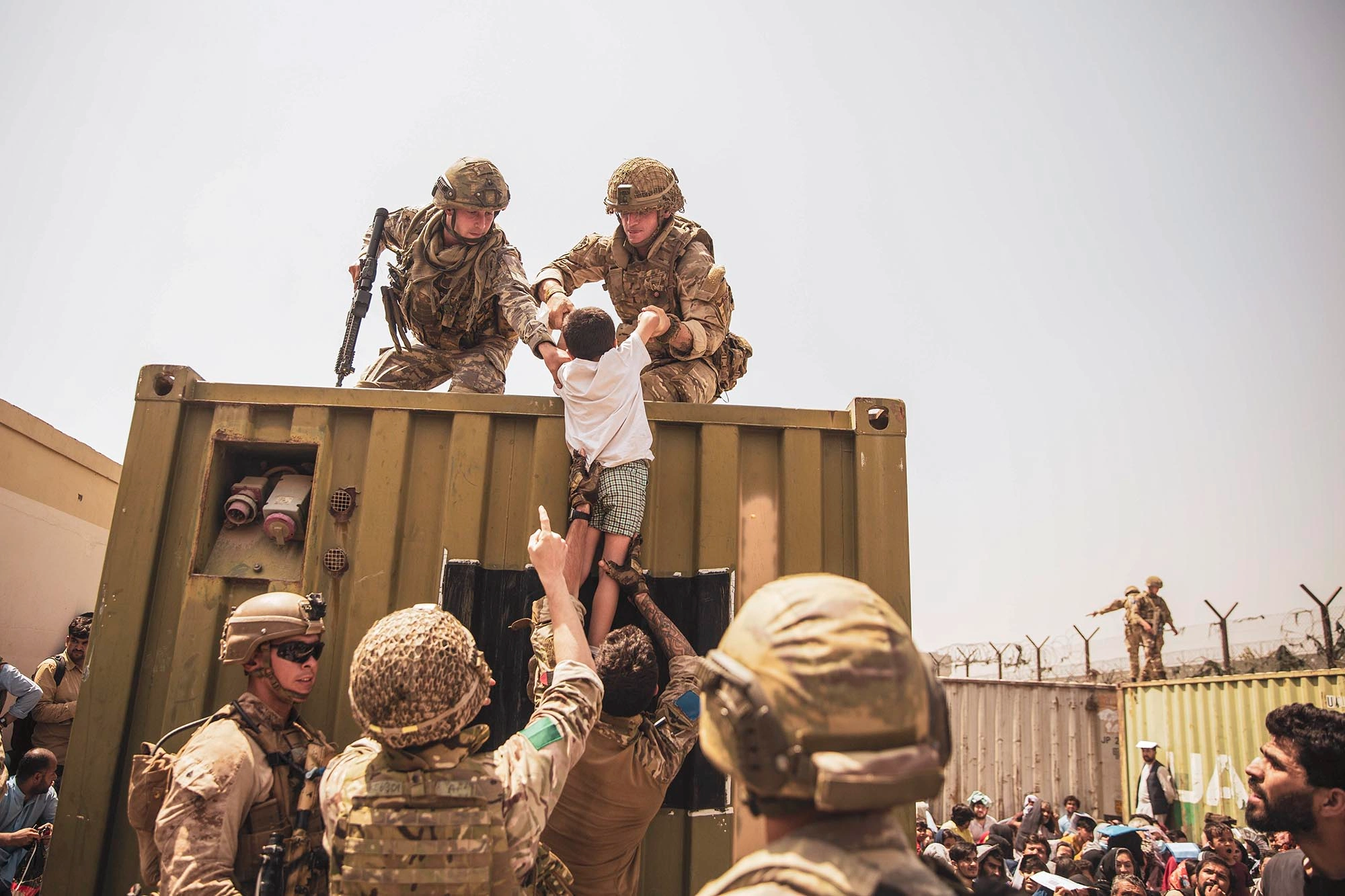World Bank warns of Population hitting extreme poverty
Unable to make a living, one-third of Nepal’s population could fall below the poverty line. World bank apprised of this in a report issued on Thursday.
Similarly, a bi-annual report estimates 3.12 percent of the Nepali population at risk of getting extremely poor. That implies earning 1.90 US dollars to 3.20 US dollars a day.
18.7 percent of the Nepali population lives under the poverty line, reports the Nepali government. This would result in nearly half of the 30 million population turn poor ahead of the pandemic.
Fight against eradicating poverty
On July 20, lockdown ended by an act of Nepal’s cabinet. Furthermore, the World bank’s report, categorizing those likely to suffer more, mentions Informal workers to be a greater risk. Also, those without social security or assistance are at equal risk.
The report also says \”Within this group, informal sector workers and self-employed households in urban areas may be more vulnerable than rural households that can fall back on subsistence farming.\”
Nepal fight to eradicate poverty
Additionally, Nepal has been lagging behind in eradicating poverty. The sentiment was communicated by Nepal\’s Finance Minister Yubaraj in the launching ceremony of the report.
\”Due to urgent measures we had to take to save lives with a restriction on the movement of people has substantially affected the chain of production, trade, and investment followed by job losses and reversal of achievement made in poverty reduction,\” he said.
National planning commission of Nepal has reported the poverty headcount going down by the years.
Factors besides pandemic
Moreover, recent locust swarms, monsoon disasters like floods, and landslides have altered the livelihood of Nepal for the worst. Adding the loss of lives in the country.
World Bank has projected economic growth of 2.1 percent if the economy behaves best. However, for the worst, the economic outlook is likely to go down by 2.8 percent in 2020-2021.





